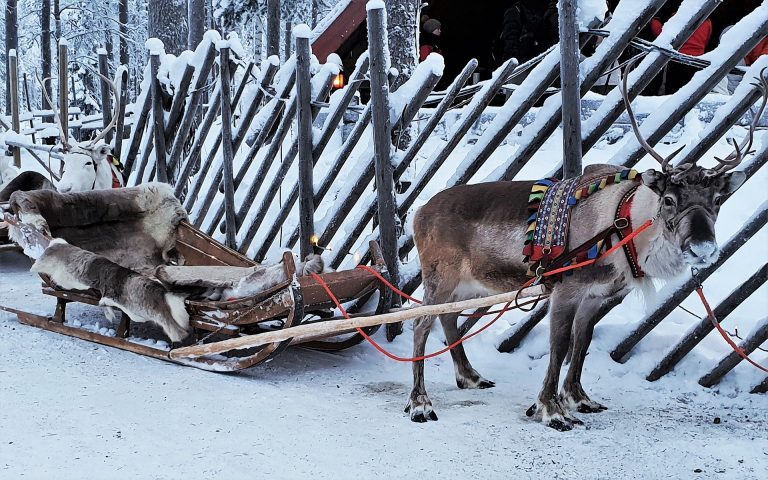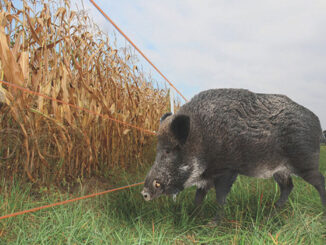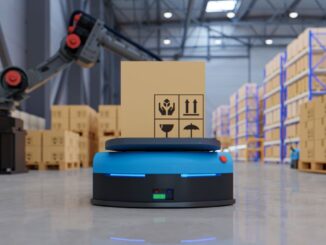
In the long Arctic winter, reindeer usually dig the snow with their snouts to find the mosses and lichens. In recent years, however, climate change has made winters milder. Moreover, rising temperatures have brought unusual rainfall, which freezes to the ground and creates a layer of ice.
This prevents reindeer from sniffing and digging for their favourite food. This is just one of many problems that Sami peoples, important reindeer herders, face on a daily basis.
Sami Peoples Against Global Warming
Sami peoples live in a territory between Norway (where 40 thousand Sami live), Sweden (20 thousand), Finland (10 thousand) and Russia (2 thousand).
They are one of the indigenous peoples most affected by global warming.
They focus above all on reindeer herding, which they consider “semi-domesticated” and breed in total harmony with their rhythms and needs. Moreover, they still maintain a simple lifestyle, with the deepest respect for nature and the environment. This also applies to other typical traditional activities, such as hunting, fishing, harvesting, and handicrafts.
The Sami therefore need a healthy land in order to carry on their lifestyle. Nature, the land, the reindeer, are their strength.
In fact, if reindeer are not able to feed properly, they are weaker and get sick more easily. Finding a form of artificial feeding would effectively mean denying a totally natural way of breeding. Traditional Sami farming is based precisely on the reindeer remaining free in the forest and making their natural migration.
Deforestation and Trade Threaten the Sami
Climate change is not the only threat to the Sami way of life. There are those who see the possibility of earning money from rising temperatures, for example by increasing deforestation and introducing new forms of tourism.
The Finnish government is in fact considering the construction of a railway network linking the city of Rovaniemi and the Arctic Sea, including a route to the Norwegian port of Kirkenes. The project, which is being discussed with the Norwegian authorities, should be completed by 2030. It is a solution to the increase in trade relations with Asian nations (first and foremost China), thanks to the melting ice in the Arctic ice cap.








